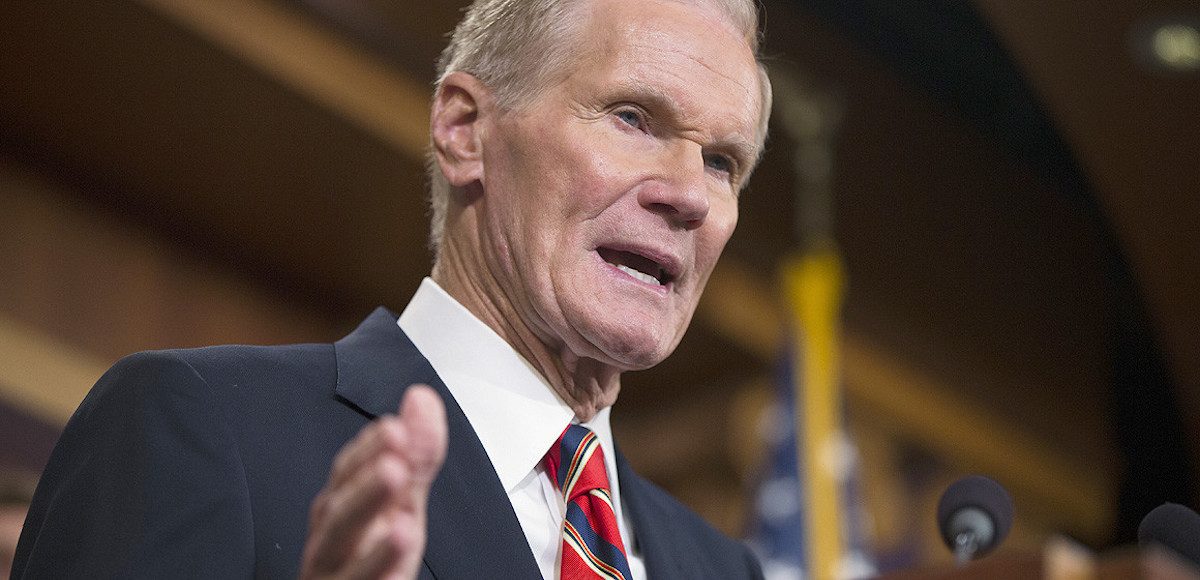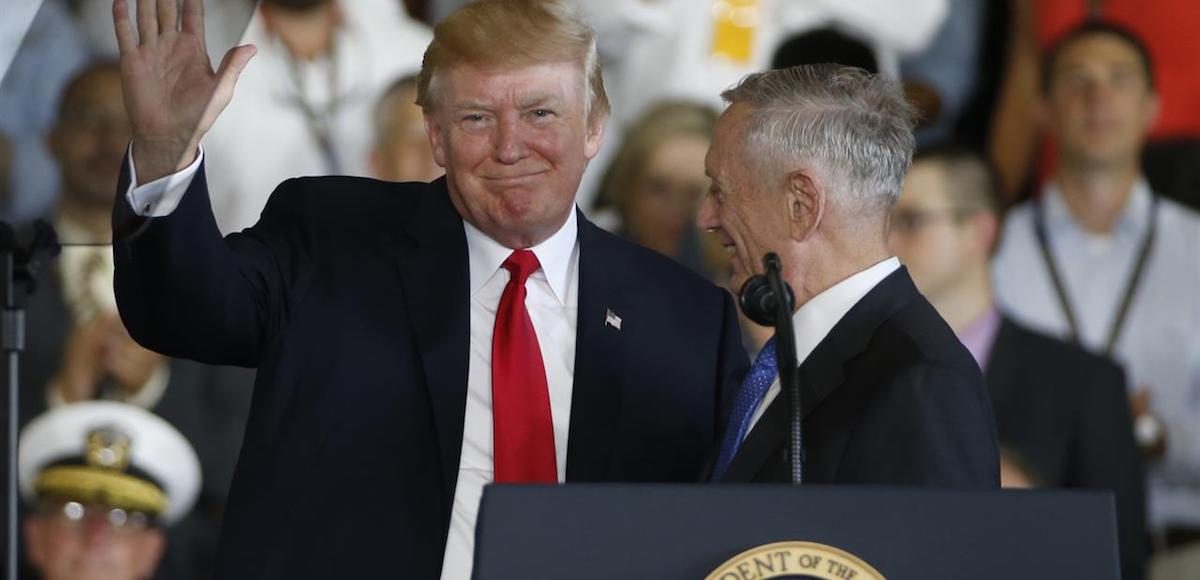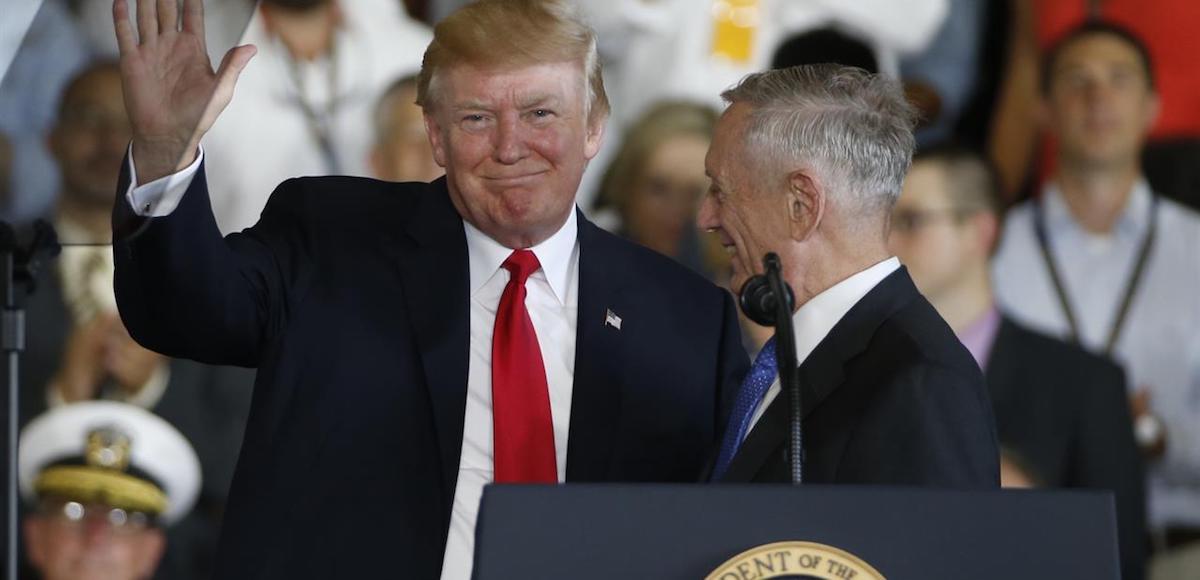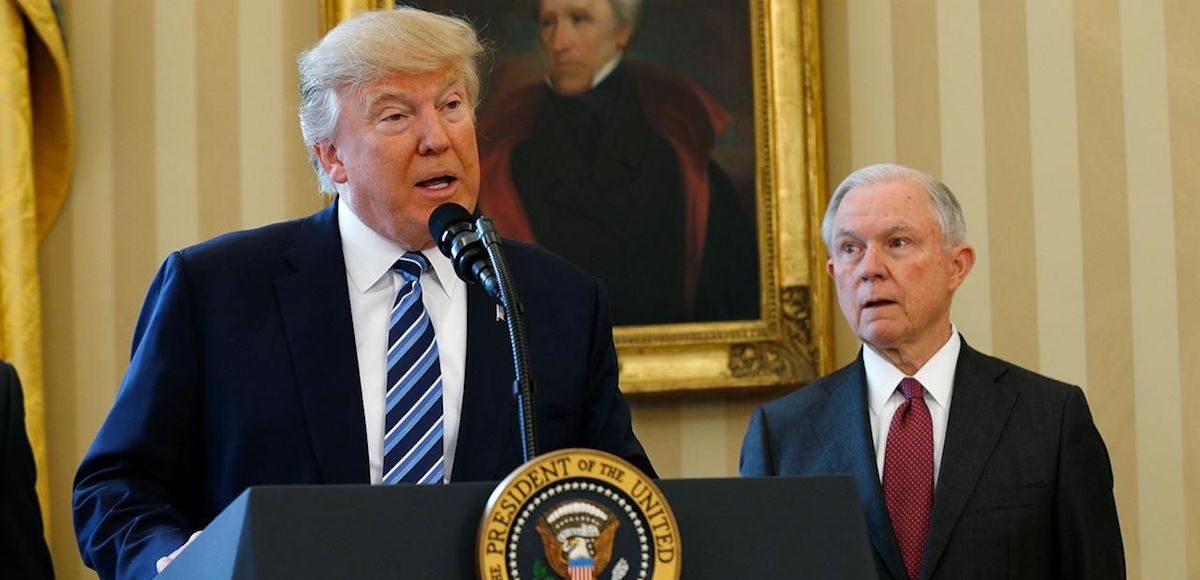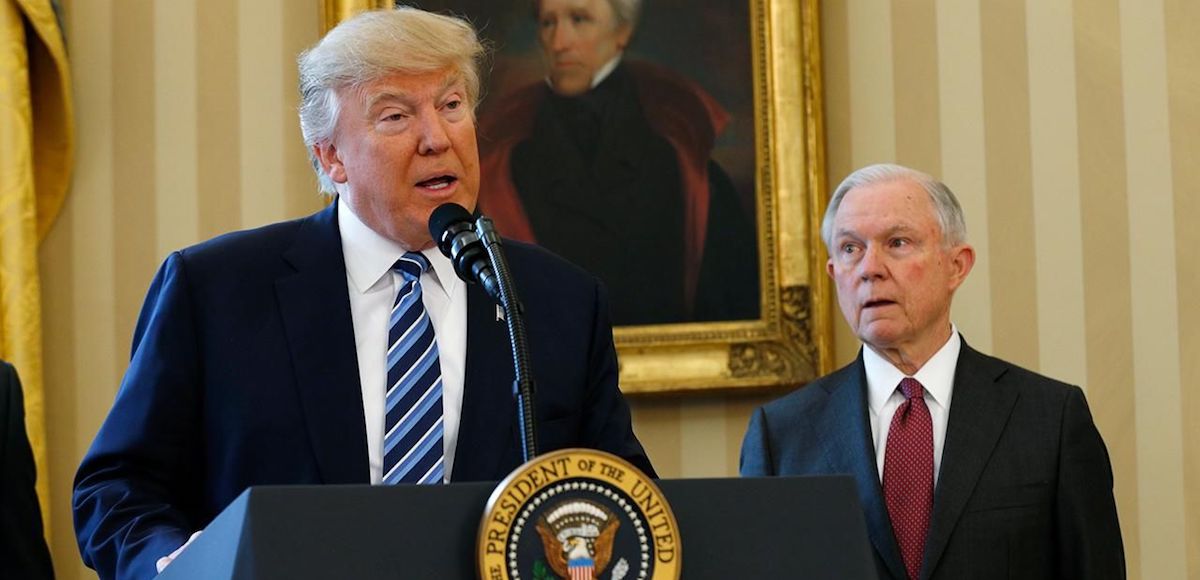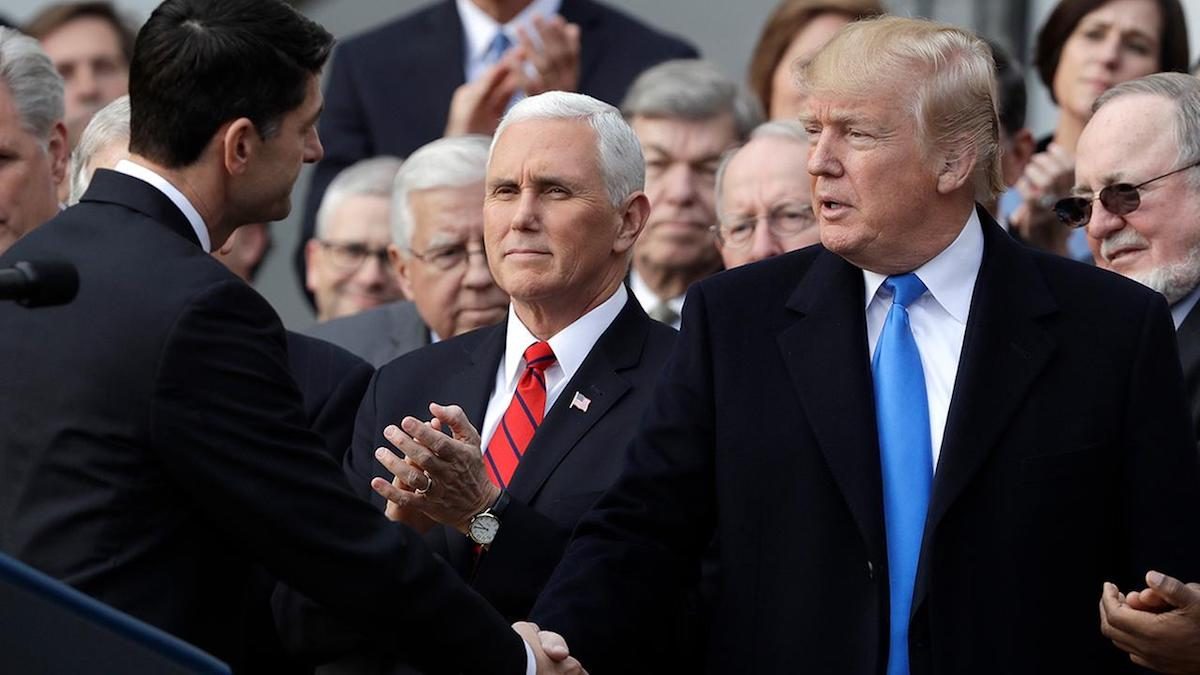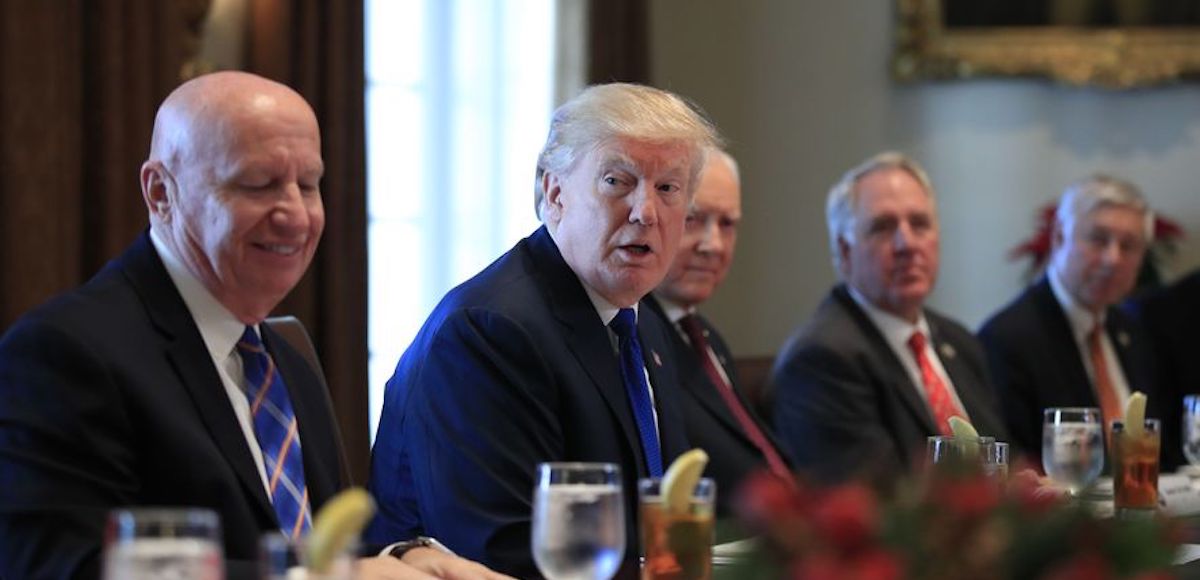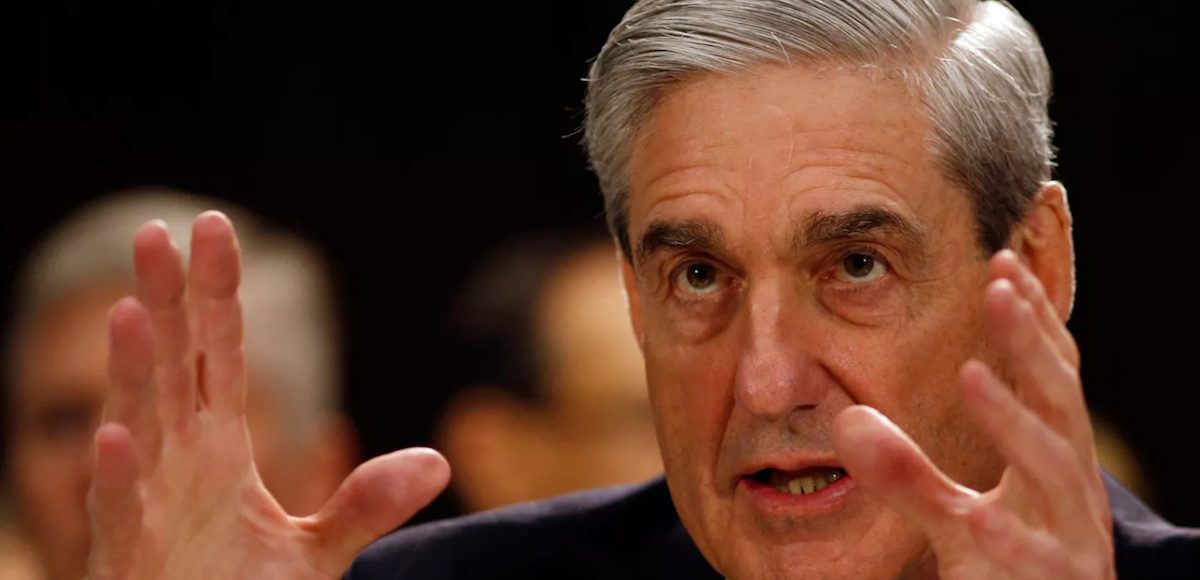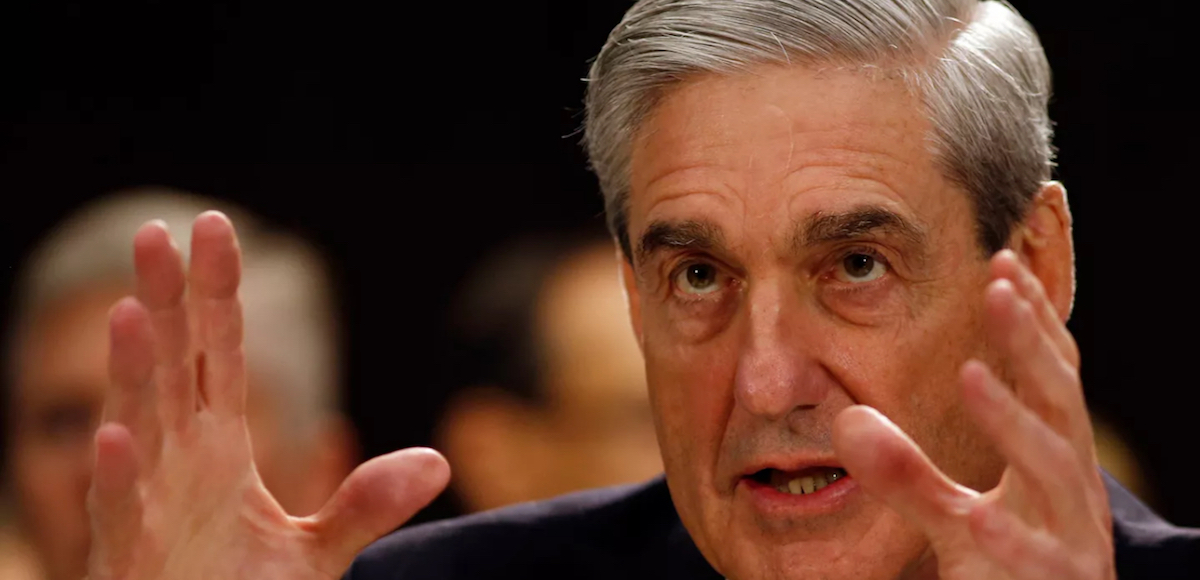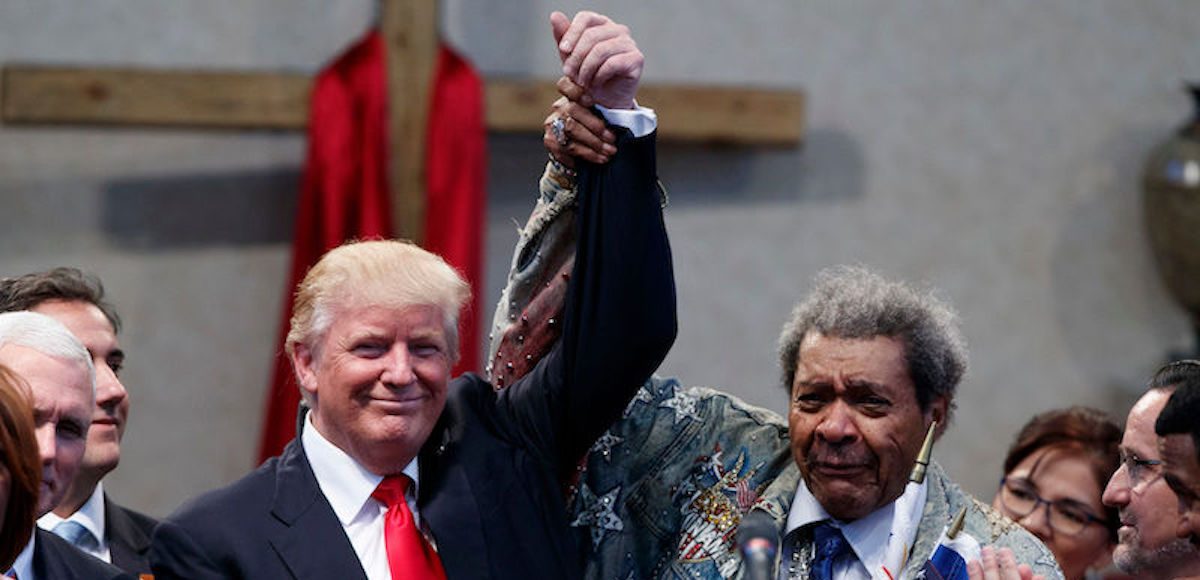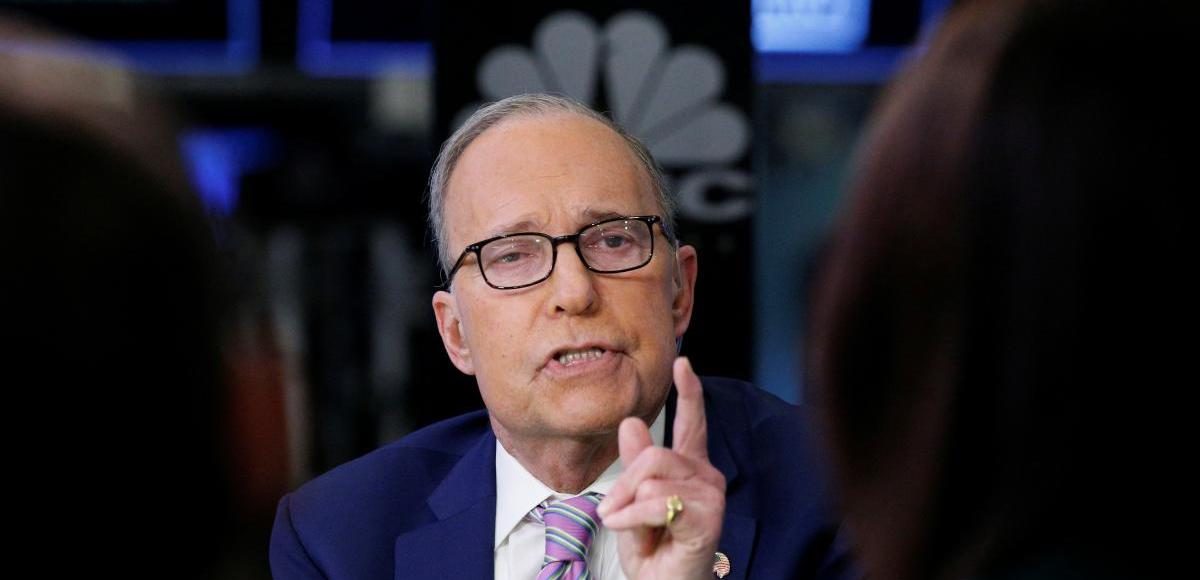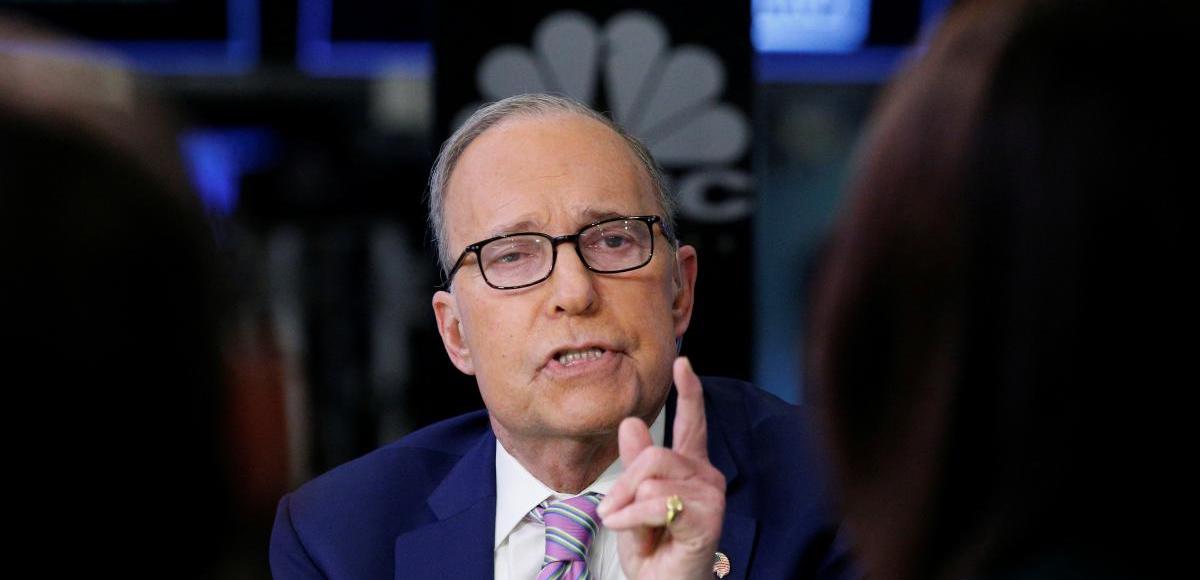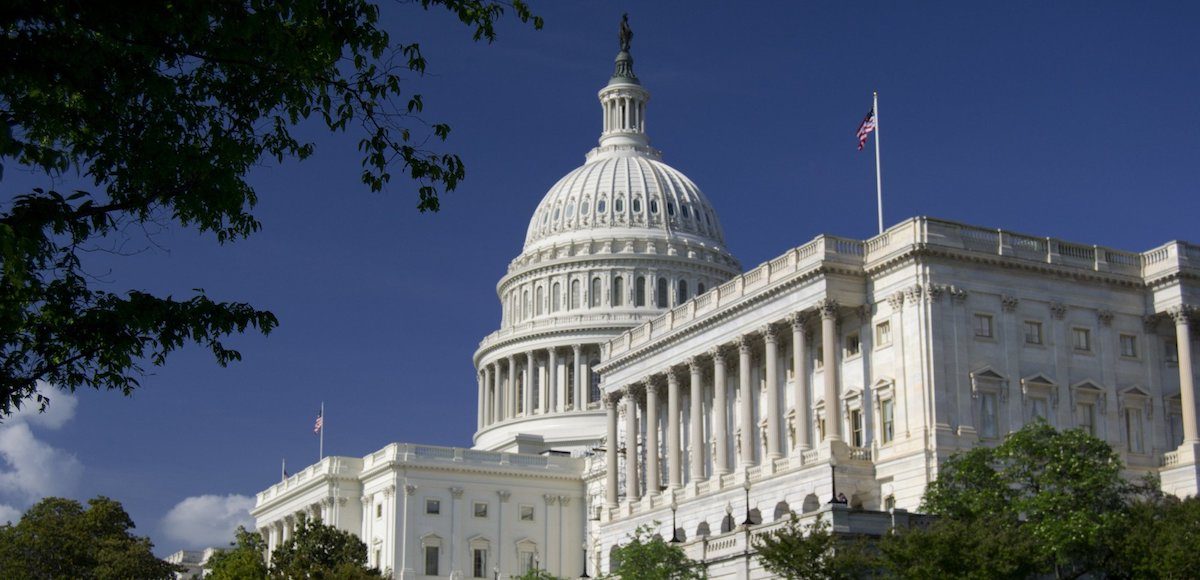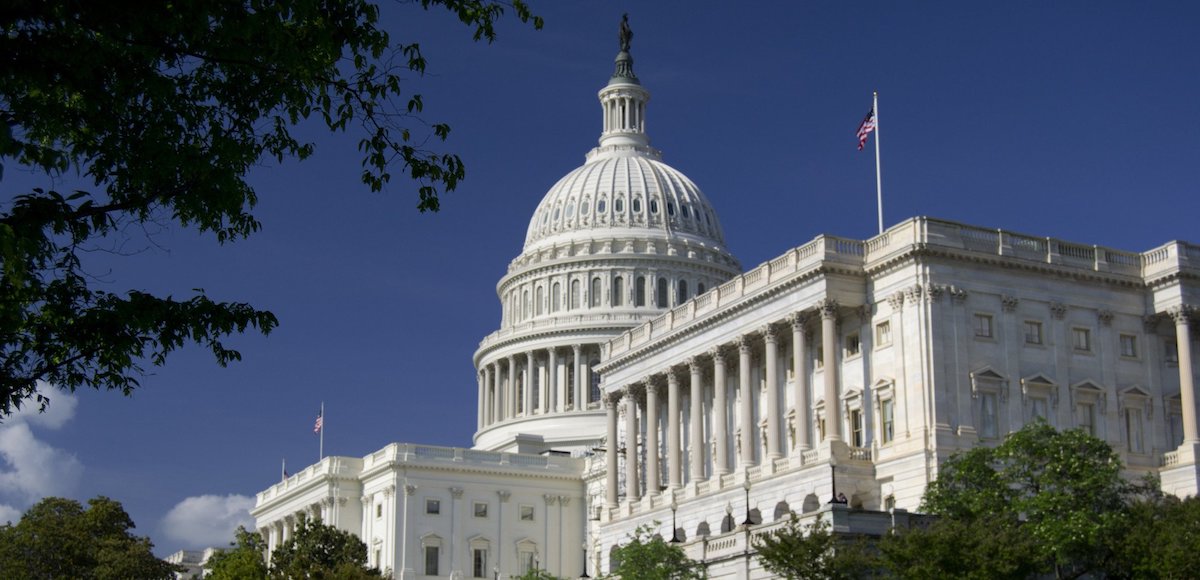Honesty About Gun Confiscation
I have highlighted honest left wingers, and I’ve acknowledged several who have confessed that gun control is misguided.
- Jeffrey Goldberg admits gun ownership reduces crime.
- Justin Cronin explains how he became a left-wing supporter of gun rights.
- Jamelle Bouie pours cold water on Obama’s gun control agenda.
- Leah Libresco confesses that gun control simply doesn’t work.
A columnist for Vox also is honest. Dylan Matthews starts by acknowledging that the standard agenda of the anti-gun movement is pointless.
Congress’s decision not to pass background checks is not what’s keeping the US from European gun violence levels. The expiration of the assault weapons ban is not behind the gap.
But don’t get your hopes up that Matthews is on the right side.
His problem with the incremental ideas is that they don’t go far enough.
What’s behind the gap, plenty of research indicates, is that Americans have more guns. …Realistically, a gun control plan that has any hope of getting us down to European levels of violence is going to mean taking a huge number of guns away from a huge number of gun owners. …And here’s the truth: Even the most ardent gun control advocates aren’t pushing measures that could close the gap. Not even close. …Obama’s plan to tackle gun violence focused on universal background checks for gun sales, banning assault weapons again, and increasing criminal penalties for illicit gun traffickers. That’s nowhere near as dramatic as taking…America’s guns off the street.
I obviously disagree, but I give him credit for honesty. Unlike other leftists who privately share the same ideology, Matthews is open and honest about his desire to eviscerate civil liberties.
Even if he understands it’s not going to happen any time soon.
…large-scale confiscation look like easily the most promising approach… Large-scale confiscation is not going to happen. That’s no reason to stop advocating it.
So I applaud Matthews for not hiding his true desire. Just like I applaud leftists who openly admit that they want 90 percent tax rates or who freely confess that they think all our income belongs to government.
I think they’re all profoundly misguided, but that’s a separate issue.
Now let’s briefly contemplate what would be necessary for Mr. Matthews to get his wish of total gun confiscation.
Reason produced a mocking “five-step” video on the near-impossible actions that would be needed to achieve that goal.
But the first three steps in that video were about how difficult it is to amend the Constitution and I don’t think that’s what the left has in mind. If they ever get to the point of trying to ban guns, presumably it will be after a leftist President has put a sufficient number of doctrinaire Ruth Bader Ginsburg clones on he Supreme Court. In which case, they will simply pretend the 2nd Amendment doesn’t say what it says.
And if that happens, then presumably it will be easy to envision the fourth step, which is legislation prohibiting private ownership of firearms. After all, does anybody doubt that this is what Chuck Schumer and Nancy Pelosi actually would prefer?
But I fully agree that the fifth and final step – actually confiscating guns – would be extremely difficult.
There was a poll on this issue back in 2013 and it’s worth noting that respondents, by a 3-1 margin, said they would defy such a law.

I oscillate between being proud about the result and being disappointed that the margin isn’t 10-1 in favor of defiance.
Regardless, the takeaway from this result is that there would be pervasive and ubiquitous civil disobedience.
Moreover, it goes without saying that the people who obeyed such a fascist law would not be the criminals. So the net effect of such legislation would be an unfortunate shift in the ratio of good gun owners and bad gun owners.
We've documented a growing number of gun
